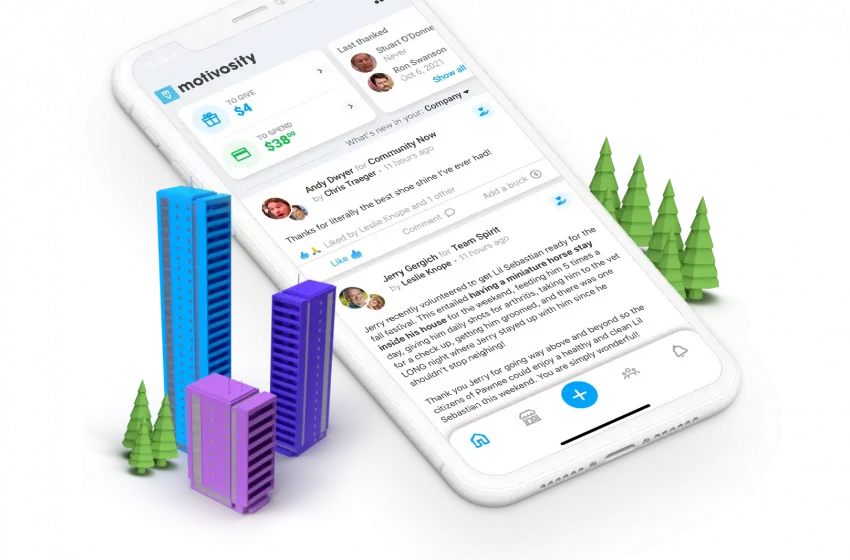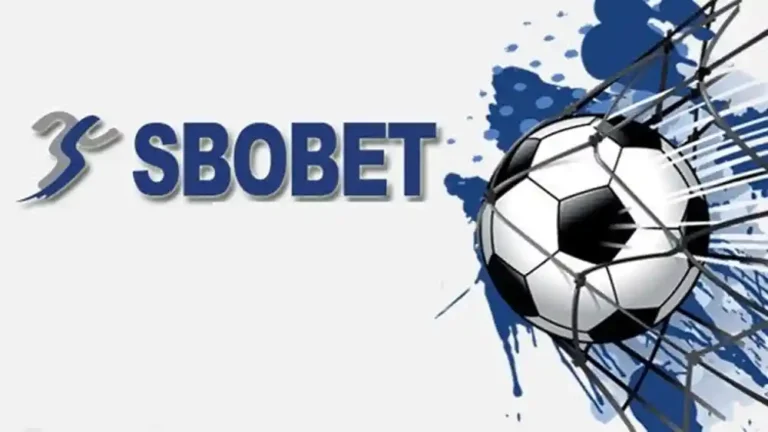Recognition of employees has become an increasingly crucial element of the HR professional’s toolset to improve employee engagement. And, just as the internet has made everyone’s daily life more comfortable, employee recognition software for both workers and organizations has become more convenient as well. The acceptance rate is nearly on par with the rising amount of research demonstrating the advantages of transferring recognition online and integrating reward and recognition into a single, globally accessible platform.
Although this is the case, many organizations continue to depend on traditional methods of expressing appreciation to their employees, such as years of service awards, seasonal bonuses, and the odd ‘well-done’ from management to one of their employees. But research has indicated that younger employees in particular (who are expected to account for 75% of the workforce by 2030) like to get praise in a public environment and share their accomplishments with coworkers. So, whether you’re thinking about bringing employee recognition online or looking at how to build an employee recognition program from the ground up, here’s a look at some of the practical human resource advantages of this software.
Alignment of incentive expenditures on a single platform
Employee recognition software has made it simpler for businesses to manage their incentive spending in a centralized location. Budgets can be allocated from a central pot and tracked down to each employee/reward designator, particularly useful for multiple sites or international operations. Additionally, factors specific to a global workforce, such as cost-of-living adjustments and localized currencies, can be easily accounted for. The use of software to handle rewards also makes it simpler for managers to analyze the efficacy of their incentive budgets, which award kinds are most popular among their workers and the possible return on their investment in the program.
Accessibility has been improved.
As the workplace grows more flexible, remote working becomes more common, and corporate activities increasingly span international boundaries, it can become a thankless effort to guarantee that everyone inside an organization — regardless of where they are located – gets recognized.
Employee recognition software makes it simple for HR to manage this process, guaranteeing that any employee who has access to the internet can have the same recognition experience as a colleague who works at the corporate headquarters. Mobile devices are already responsible for more than a quarter of all online recognitions today. This has aided firms where most of the staff is not seated at a desk (or does not even have a corporate email address) in engaging with a recognition program, ranging from field sales and retail to manufacturing and distribution. It guarantees that every employee, regardless of where they work or what position they hold within the firm, has the same recognition experience.
Administrative tasks are simplified, and program administration time is minimized.
Take, for example, the idea of starting an employee initiative that is simple to set up, enables you to keep track of everything that occurs, and allows you to manage access quickly, control levels, and budget allocation – all with a few clicks? Managing offline recognition programs may cause communication and visibility issues for firms, which can be pretty frustrating. Sending emails, printing certifications, disseminating data, and generally pushing the dialogue forwards is difficult, time-consuming, and requires ongoing effort on one’s part. However, when it comes to initiating an employee recognition program, HR can anticipate having zero hassles, with the less administrative action necessary to manage the program after it has been set up, connected with current business systems, and made live.
Providing workers with a sense of ownership
Every company must choose how recognition will benefit them and their customers. Are managers and team leaders still in charge of the discourse, or can an organization entirely rely on its employees to interact with a platform at their level, voice, and manner? Adopters of online recognition systems – especially those with a peer-to-peer component – all have one thing in common: they lay their faith in their workers and eliminate many of the sign-off procedures that might stand in the way of timely and genuine praise.
As a result, giving workers ownership of the recognition (and even reward) discourse will promote long-term engagement with the platform and shift the workforce’s perspective from waiting for praise or reward to giving gratitude and acknowledgment to others.
Increased levels of activity
An online recognition program that is open in design and encourages participants to take ownership results in a significant increase in participation, which helps establish a culture of appreciation. A side consequence of offline recognition attempts is that businesses have been wary of excessive activity. HR does not want to spend most of their day sorting through hundreds of nominations or mailing out incentives. Because of these laborious procedures, offline recognition tends to be more manager-driven, which, in turn, has a chilling effect on general recognition activity among the workforce. However, when credit is transferred to the internet, action is promoted.












